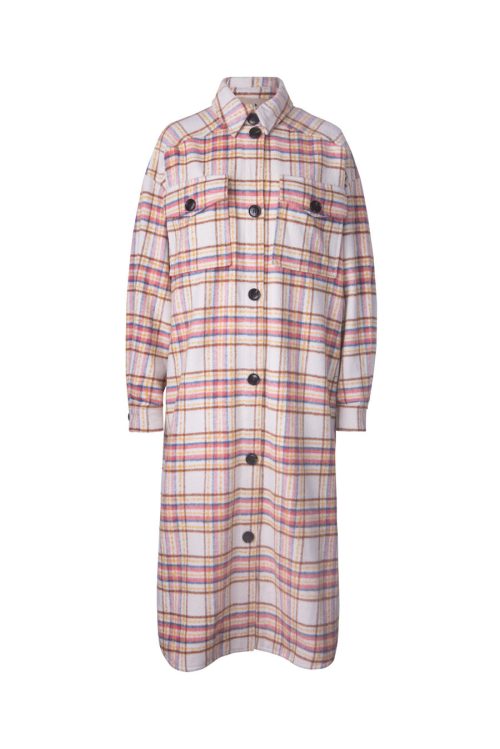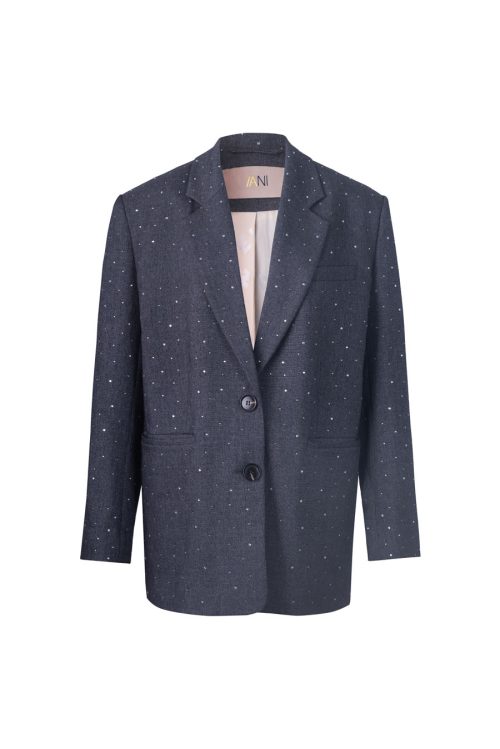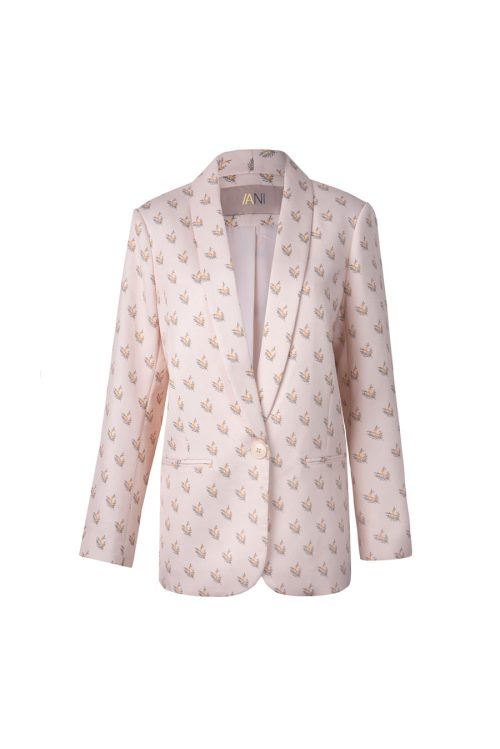
Introduction to OEM in the Apparel Industry
In the heart of the fashion industry’s bustling production lines and creative studios, Original Equipment Manufacturing (OEM) stands as a cornerstone of modern clothing production. OEM refers to a service wherein a company produces items as per another company’s design and specifications. This concept, although prevalent in various sectors, holds particular significance in the apparel industry. It enables clothing brands to leverage specialized manufacturing facilities to produce their designs, ensuring quality, efficiency, and cost-effectiveness. This introduction will guide you through the essence of OEM in clothing, highlighting its pivotal role in fashion production’s dynamic landscape.
The OEM Production Process
Embarking on an OEM journey in the clothing industry entails a meticulous process, beginning from the initial design concept to the final product reaching the market shelves. The journey is characterized by a series of steps, including design submission, prototype development, bulk production, and quality control. This process starkly contrasts with Original Design Manufacturing (ODM), where the manufacturer contributes to the product’s design, and bespoke tailoring, which emphasizes individual customization. The OEM production process embodies a collaborative effort, ensuring that the final products align perfectly with the brand’s vision and quality standards.
Benefits of OEM for Clothing Brands
OEM partnerships harbor a myriad of benefits for clothing brands, notably in cost efficiency and scalability. By outsourcing production to OEM manufacturers, brands can significantly reduce their operational and capital expenses, enabling them to focus on core competencies like design and marketing. Moreover, OEM provides the flexibility to scale production according to market demand, ensuring brands can efficiently manage inventory levels. Additionally, the partnership offers brands the opportunity to customize products and maintain strict quality control, ensuring that each piece reflects their standard of excellence.
Choosing the Right OEM Partner
The selection of an OEM partner is a critical decision for any clothing brand. It involves assessing potential manufacturers based on their production capabilities, quality control standards, and ability to meet deadlines. Furthermore, fostering a long-term relationship with an OEM supplier can lead to better understanding, trust, and improved efficiency over time. This section will delve into the key criteria brands should consider when choosing an OEM partner and strategies for cultivating a fruitful partnership.
Challenges and Solutions in OEM Manufacturing
While OEM manufacturing presents numerous advantages, it also comes with its set of challenges, such as supply chain complexities and the need for sustainability and ethical production practices. Brands and manufacturers alike must navigate these challenges thoughtfully, implementing strategies to ensure a resilient supply chain, adopting sustainable production methods, and adhering to ethical standards. This segment explores common obstacles in OEM manufacturing and offers practical solutions to overcome them, paving the way for successful collaborations.
The Future of OEM in Fashion
The landscape of OEM manufacturing in the clothing industry is continually evolving, influenced by technological advancements and global trends. Innovations like 3D printing, AI-driven design, and sustainable materials are reshaping the OEM process, making it more efficient, customizable, and environmentally friendly. Moreover, the shifting dynamics of global trade and consumer demand are influencing OEM partnerships, emphasizing the need for agility and sustainability. This section will examine the trends shaping the future of OEM in fashion and their implications for brands and manufacturers.
OEM Success Stories in the Clothing Industry
Throughout the clothing industry, numerous brands have harnessed the power of OEM to achieve remarkable success. These success stories highlight the strategic benefits of OEM collaborations, from enhancing product quality to achieving market expansion. By examining these case studies, brands can glean valuable insights and best practices for leveraging OEM partnerships to their advantage.
Conclusion
OEM in the clothing industry represents a vital link between design innovation and efficient, high-quality production. As brands and manufacturers navigate the complexities of modern fashion production, OEM offers a pathway to achieving scale, efficiency, and customization. By understanding and embracing the principles of OEM, the clothing industry can continue to thrive, adapt, and innovate in an ever-changing global market.




